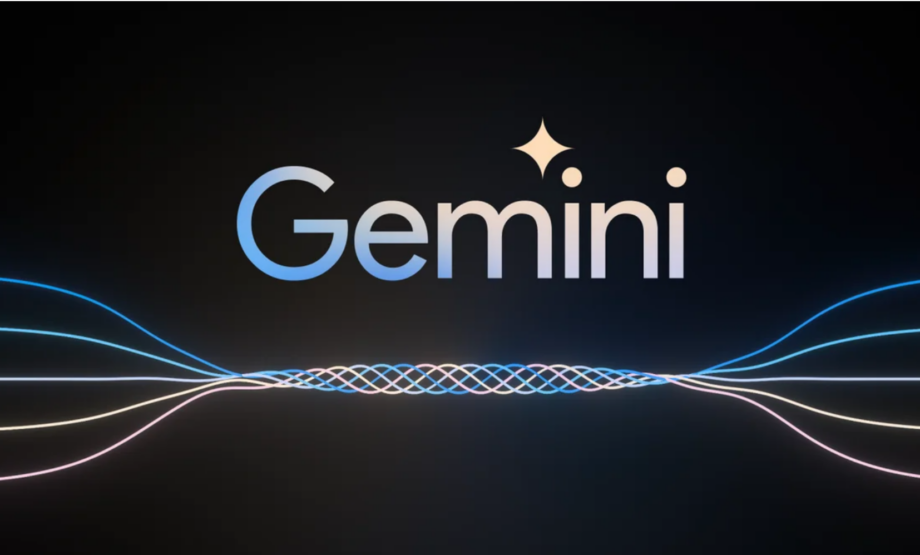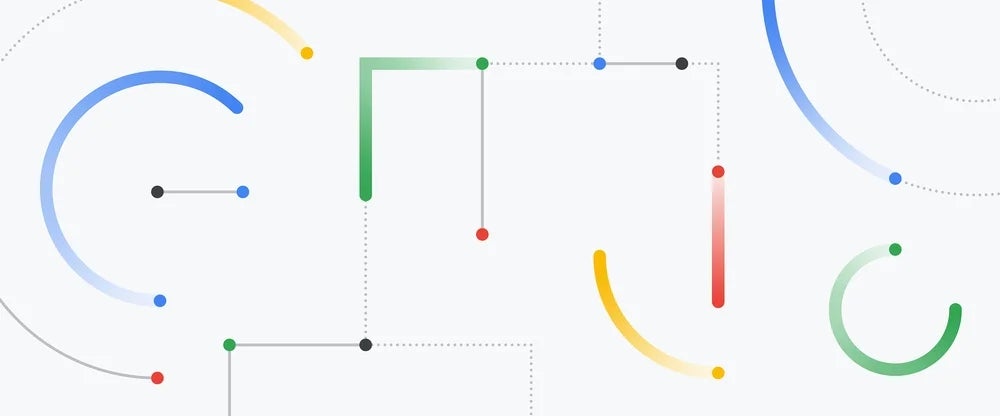What is Google Gemini 1.0? Next-gen AI to battle ChatGPT explained

What is Google Gemini 1.0: Google has fully revealed its next-generation Gemini 1.0 generative AI model, which is now available through the Bard conversational chatbot.
The Gemini 1.0 model, which was initially previewed at Google I/O in May, is more powerful than the existing technology and potentially more equipped to go up against OpenAI’s ChatGPT model used by Microsoft. Google’s tests say it’s more powerful.
Google says Gemini is its “largest and most capable AI model” and it’ll be responsible for powering everything from Bard to the Google Pixel range of smartphones. It’s available within Bard from today and is coming to the Pixel 8 Pro in the December Feature Drop.
The company says the key to Gemini and the “multimodal” AI model. That means it can “generalise and seamlessly understand, operate across and combine different types of information including text, code, audio, image and video.” Previous iterations achieved more limited capabilities by stitching models together. Gemini is natively multimodal.
You can see the new capabilities in an incredibly impressive-looking demonstration below. It’s fast, reactive, conversational, and terrifyingly smart.
Three different sizes for Gemini
Google says Gemini 1.0 is the first version of the model, as the numbering convention would suggest. There are tiers built for different purposes. All of them benefit from the multimodal design and their purposes are detailed below.
Nano, for example, will be great for on-device AI and will soon be available on the Pixel 8 Pro, while Ultra is geared for extreme use cases like data centres. Pro is the happy middle ground, which Bard is going to be powered by from today.
- Gemini Ultra — our largest and most capable model for highly complex tasks.
- Gemini Pro — our best model for scaling across a wide range of tasks.
- Gemini Nano — our most efficient model for on-device tasks.
Super-human performance
Google says Gemini’s performance has been rigorously tested on tasks like natural image, audio and video understanding and mathematical reasoning. Gemini Ultra beats incumbent models on 30 out of 32 academic benchmarks for large language models.
Now, Google says, Gemini is outperforming human experts on 57 subjects when it comes to MMLU (massive multitask language understanding). Gemini scored 90.0% in those tests, while ChatGPT 4 scored 86.4%. That’s a key takeaway.

Galaxy Z Flip 5 Price Crash
Offerring 100GB of data and a total cost that’s significantly cheaper than buying the phone outright, this Z Flip 5 deal is almost too good to be true.
- Mobiles UK
- £139 upfront
- Only £26.99/month
How and why the next-generation was built
Google says it has approached the training of Gemini differently to previous multimodal functionality. Previously they were trained separately and put together afterwards. That meant it was good at describing images, for instance, but lacked the ability for competent complex reasoning.
Google says Gemini was pre-trained from the start to be natively multimodal and that results in a massive upgrade.
“Then we fine-tuned it with additional multimodal data to further refine its effectiveness,” the company says in the blog post. “This helps Gemini seamlessly understand and reason about all kinds of inputs from the ground up, far better than existing multimodal models — and its capabilities are state of the art in nearly every domain.”
Availability
As we mentioned, Gemini Pro is available to use within Google Bard from today, while Gemini Nano will launch on the Pixel 8 Pro as part of the December Feature Drop.
Google adds: “We’re also brining Gemini to Pixel. Pixel 8 Pro is the first smartphone engineered to run Gemini Nano, which is powering new features like Summaride in the Recorder app and rolling out in Smart Reply in Gboard, starting with WhatsApp — with more messaging apps coming next year.”





